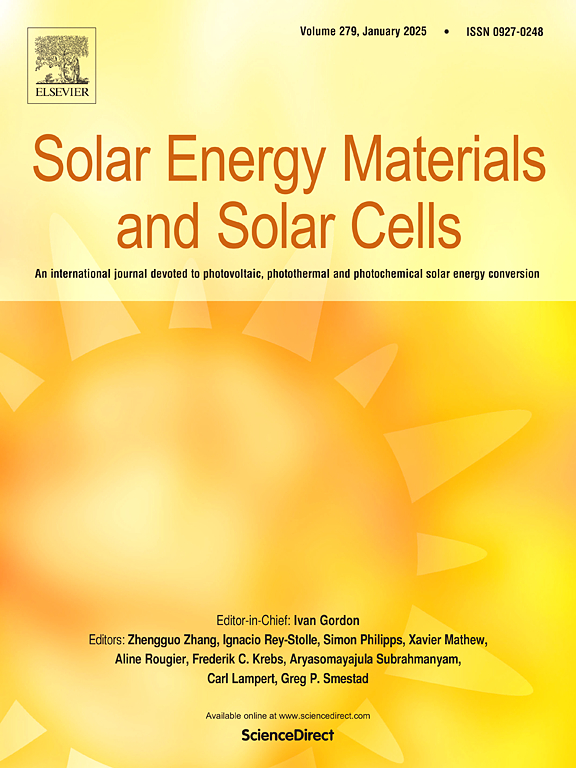Flexible MXene@PVP/PEG phase change composite with hydrogen bond assembly for advanced energy storage and thermal management
IF 6.3
2区 材料科学
Q2 ENERGY & FUELS
引用次数: 0
Abstract
In response to the growing need for advanced thermal management in electronics, energy storage devices, and wearable technology, there has been substantial focus on developing multifunctional phase change materials (PCMs) with capabilities for heat storage, shape stability, and photothermal conversion. However, the rigidity and susceptibility to leakage of PCMs present considerable obstacles to their practical applications. To address these issues, a novel and flexible MXene@PVP/PEG phase change composite membrane (FPCM) are successfully fabricated, which exhibits advanced solar thermal conversion and energy storage capabilities. The FPCM was fabricated through a straightforward mixing process, followed by a vacuum-assisted hydrogen bonding self-assembly method (VASA). The two-dimensional photothermal conversion material MXene, integrated with polyvinylpyrrolidone (PVP) through abundant hydrogen bonds, assembles to form a highly oriented specific interlayer framework. This structure effectively addresses the leakage issue that arises during the phase transition of polyethylene glycol (PEG), which serves as a heat storage medium, while ensuring that its thermal conductivity and photothermal conversion efficiency remain optimal. The optimized FPCMs, comprising 16 wt% MXene and 4 wt% PVP, demonstrated remarkable flexibility, retaining their structural integrity after 100 bending cycles. Moreover, the MXene@PVP/PEG exhibited remarkable thermal reliability, retaining over 98 % of their enthalpy after 100 heating-cooling cycles, with a melting enthalpy of 131.6 J/g. These flexible FPCMs, which combine high latent thermal energy storage and temperature regulation properties, show considerable promise for energy storage and thermal management in electronic devices.

求助全文
约1分钟内获得全文
求助全文
来源期刊

Solar Energy Materials and Solar Cells
工程技术-材料科学:综合
CiteScore
12.60
自引率
11.60%
发文量
513
审稿时长
47 days
期刊介绍:
Solar Energy Materials & Solar Cells is intended as a vehicle for the dissemination of research results on materials science and technology related to photovoltaic, photothermal and photoelectrochemical solar energy conversion. Materials science is taken in the broadest possible sense and encompasses physics, chemistry, optics, materials fabrication and analysis for all types of materials.
 求助内容:
求助内容: 应助结果提醒方式:
应助结果提醒方式:


